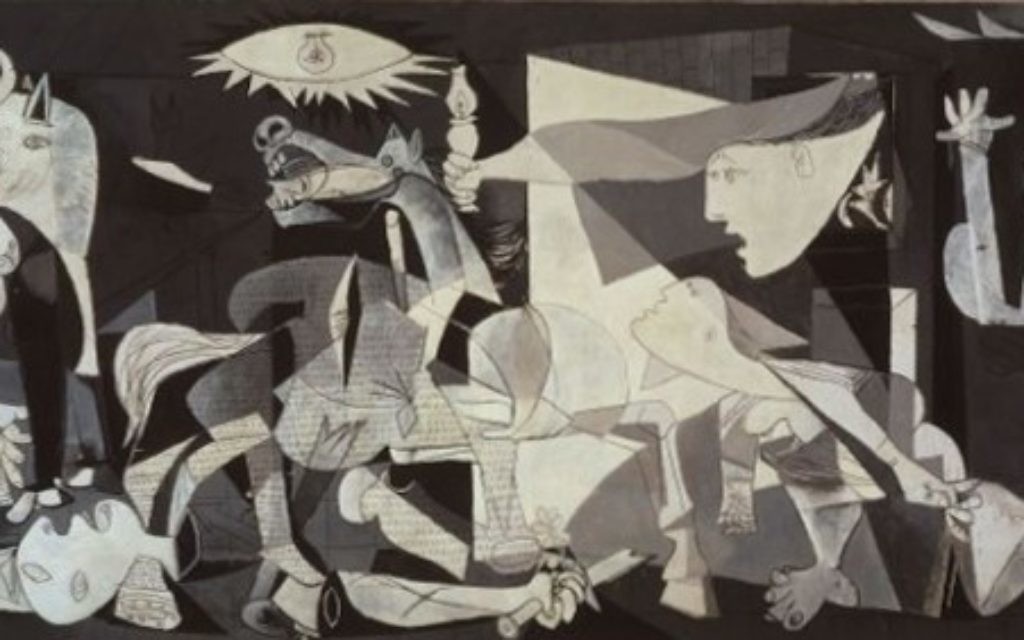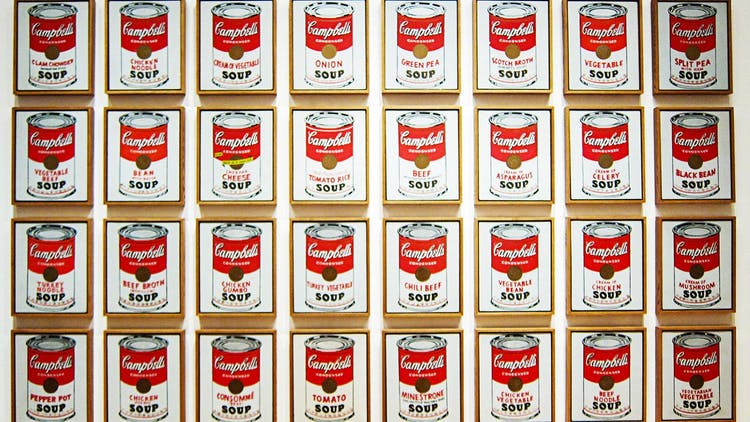Some kind of beauty dwarfs you and makes you feel like an ant next to it.
– Andy Warhol
Many people find that kind of heart-stopping, dwarfing beauty in nature. I don’t. I hear “Nature” and immediately think of dirt and snakes. No nature buff, I. But there are works of man-made beauty that make me gasp, works of art that freeze me in awe. Architecture, music, writing — Frank Lloyd Wright’s “Falling Water” and the Guggenheim; Ella Fitzgerald scatting through “Jersey Bounce”; every sentence of Proust’s In Search of Lost Time — these things, for me, are among the highest achievements in man-made beauty.
Three paintings that I’ve seen definitely epitomize the kind of beauty that dwarf one, paintings that arrested my attention and dwarfed me, humbled me in their presence.

The first was Picasso’s “Guernica,” which I saw in Washington DC before it was returned to Spain. I sat and stared at “Guernica,” and cried, for about half an hour, overwhelmed by the enormity and power of Picasso’s images of the suffering of war. The next was Keith Haring’s “Pink Triangle,” another enormous painting, silver figures dancing intertwined on a huge pink triangle, a testament to the lives lost to AIDS. And finally, the third was Warhol’s “Soup Cans,” all of them together as Warhol intended, deceptively simple in execution but gigantic in power — the paintings that changed Art forever.

For me, those experiences of the power of Art — the dwarfing, humbling, inspiring power of man-made Beauty — are an essential part of life. They add color to our otherwise dull drab days and remind us that we are capable of wondrous things.
Hank Trout is a writer and Senior Editor of A&U Magazine, based in San Francisco (USA)
